 Whenever I see an amateur player sizing up a lengthy putt, or one that features several awkward slows and borrows, my immediate reaction is to think that he or she has a very good chance of three-putting. Why? Because amateur players hardly ever practice these putts and as a result, have poor feel. They tend to hit at the putt as opposed to stroking it.
Whenever I see an amateur player sizing up a lengthy putt, or one that features several awkward slows and borrows, my immediate reaction is to think that he or she has a very good chance of three-putting. Why? Because amateur players hardly ever practice these putts and as a result, have poor feel. They tend to hit at the putt as opposed to stroking it.
Great putters not only hole out regularly from within six feet of the hole - that vital scoring distance - but they also have great touch and feel for distance on long putts. They realize that their goal from say, 30 or 40 feet is simply to 'lag' the ball close enough to the hole to have reasonably simple second putt. If it goes in, that's a bonus. Keeping those three putts off the card is a must.

FIX NO.45
Improve your touch
 There are several things youcan do to become a good lag putter mentally and physically. (1) On facing a putt upwards of, say, 40 feet, make the most of positive mental imagery - not only the line of the putt but also by visualizing a bigger final target. Imagine a circle with about a two-foot radius painted around the hole, and simply try to roll your approach putt within that circle. If you do, the longest putt you can have left will be two feet. (2) Be conscious that pure technique here on these lengthy putts is not a prerequisite for feel. Stand a little taller at address andencourage a long, free stroke back and through, and allow a little wrist action to help with acceleration. Your left wrist should, in fact, be a little cupped at the completion of the stroke.
There are several things youcan do to become a good lag putter mentally and physically. (1) On facing a putt upwards of, say, 40 feet, make the most of positive mental imagery - not only the line of the putt but also by visualizing a bigger final target. Imagine a circle with about a two-foot radius painted around the hole, and simply try to roll your approach putt within that circle. If you do, the longest putt you can have left will be two feet. (2) Be conscious that pure technique here on these lengthy putts is not a prerequisite for feel. Stand a little taller at address andencourage a long, free stroke back and through, and allow a little wrist action to help with acceleration. Your left wrist should, in fact, be a little cupped at the completion of the stroke.
(3) Practice long putts with your right hand only. This will give you the feeling of releasing the putter head. (4) Hit putts from one side of the practice green to the other, aiming to get each ball as close to the fringe as you can without ever going off the edge. (5) When confronted with a long lag putt on the course, take plenty of practice strokes to sense the stroke needed to execute the putt at hand. With these keys, you could surprise your friends with your new found touch on long putts.

'레슨 > Information' 카테고리의 다른 글
| FAULT NO.47 Missing breaking putts on the low side (1) | 2012.03.18 |
|---|---|
| FAULT NO.46 The yips (0) | 2012.03.18 |
| FAULT NO.44 Putting - poor distance control (0) | 2012.03.18 |
| FAULT NO.43 Putting - breakdown of the left wrist (1) | 2012.03.18 |
| FAULT NO.42 Putting - excessive body motion (1) | 2012.03.18 |








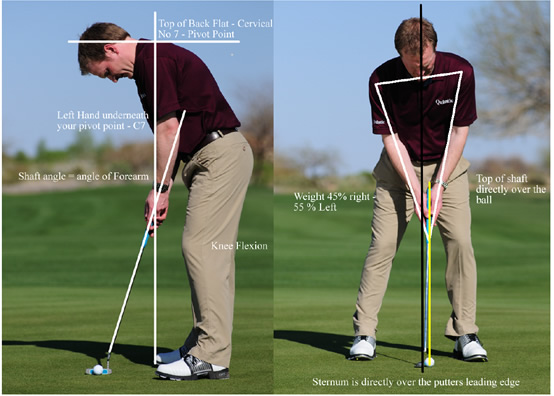
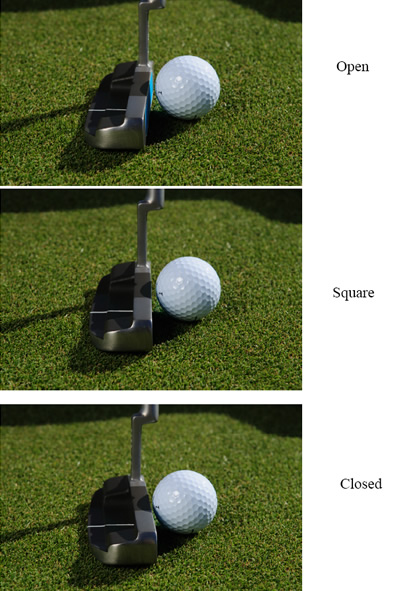
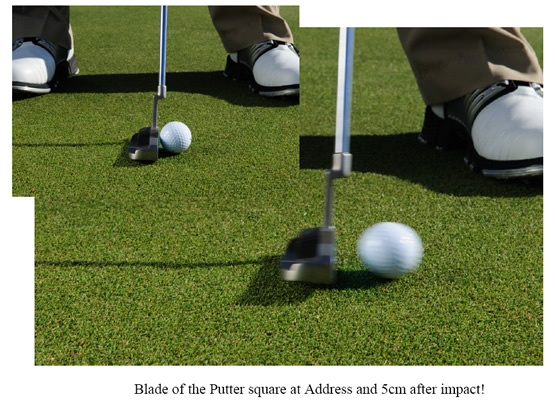
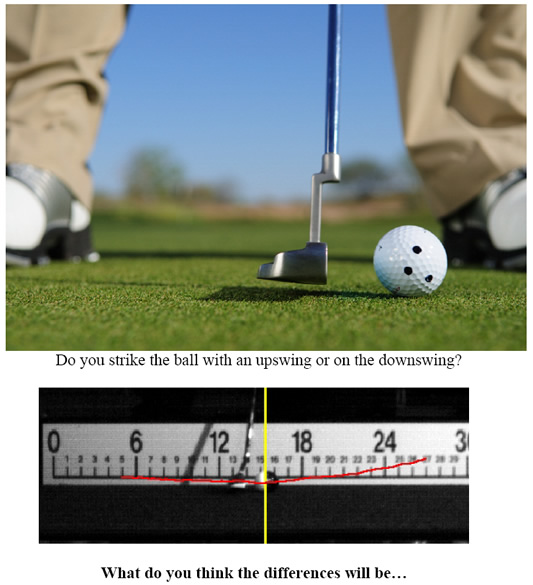

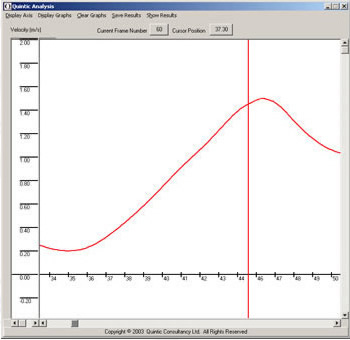

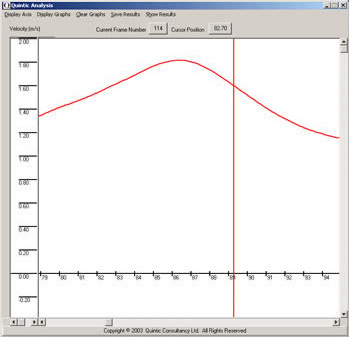

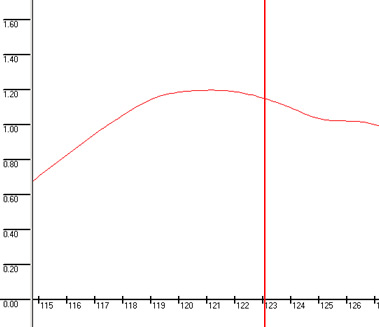






 So, what is the commonality that makes every great putter, a great putter?
So, what is the commonality that makes every great putter, a great putter?
